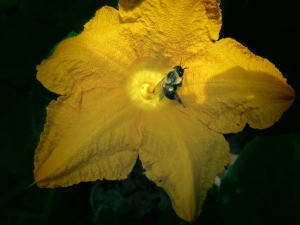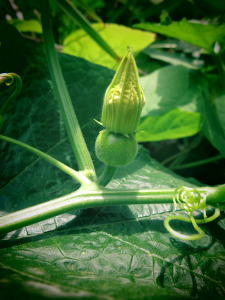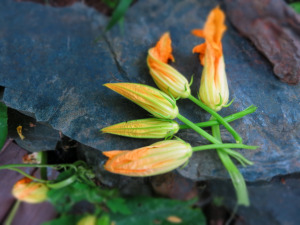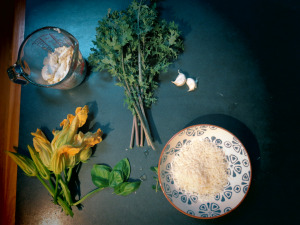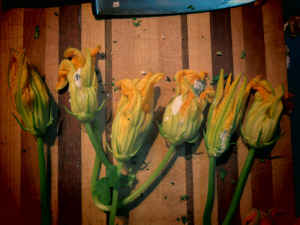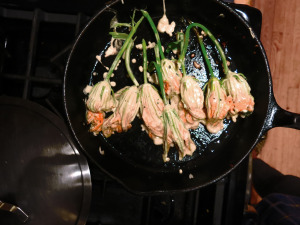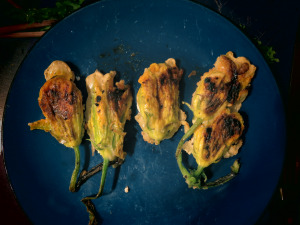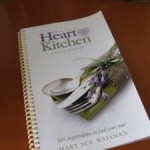A mystery squash has shown up in my garden. Since first appearing next to some cherry tomatoes, its since has run over its neighbors, crawled across the lawn, up the stairs, over the deck, into the herb garden and is now starting up the tree.
I let it go, half for a lil’ garden amusement (!) and half because I was banking on the fact of having pounds of mystery squash come fall.
However, dreams of squash-a-plenti have not panned out and I’ve noticed, that this plant, with its bounty of flowers, seems to bear no fruit.
Crawling around, lifting up squash leaves, to peer underneath. Hoping to catch a glimpse of a little baby squash. But, it seems, fertilization has been definitely lacking. And on my all-garden-encompassing-never -ending -squash plant, not a single fruit. Nada. Zilch. You gotta be kiddin me!
Remembering something about squash relying on pollination, I took to the internet , to find out more. In turns out, that every squash plant ( along with their vine crop relatives like cucumbers, & zucchini) have both female and male flowers on the plant. Well that makes sense.
Female flowers are the squash producers while male flowers are there just there to, well, fertilize. But, in this case, boy never actually meets girl, and we depend on pollinating insects to be the intermediaries. Transferring pollen from one to another.
A kin to showy peacocks, male flowers are the more impressive of the two; they are found at the end of the winding stalks, are flashier and there are a lot more of them!
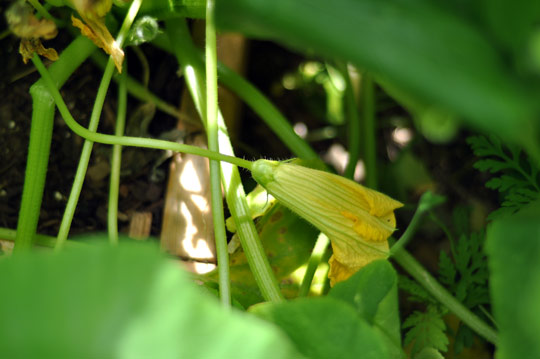
Female flowers usually grow closer to the center of the squash plant, found on more stubby stalks and once fertilized have a conspicuous bulge just below their petals.
So it appears I may be without garden squash this year, but determined to not be left empty-handed, I decided to take advantage of what I did have. And so I present to you, the “without a recipe” version of:
Ricotta Stuffed Squash Blossoms
Pick male flowers from your squash plant. Leaving a bit of stem makes the flowers easier to handle. Most recipes then recommend to gently remove the stamen – which is the yellow protrusion on the inside of male flowers. **Also a good time to remove any ants, or other unidentified objects logged in your flower.
Batter: Mix some flour with a little more cornstarch. Add salt and pepper. Whip up an egg with about 1/2 cup water. Add to your dry ingredients and stir until smooth. You want your batter to be pretty liquidy. Chill in fridge while you do the next part.
Filling: I mixed Ricotta cheese with basil, toasted kale (done in the frying pan), Parmesan cheese, 2 cloves garlic, salt, pepper and a little oregano. Taste to make sure the flavors are to your liking.
Next spoon ricotta filling into flowers. I found my flowers could only handle two teaspoons or so. Dredge blossoms in batter, and fry ‘em up!

